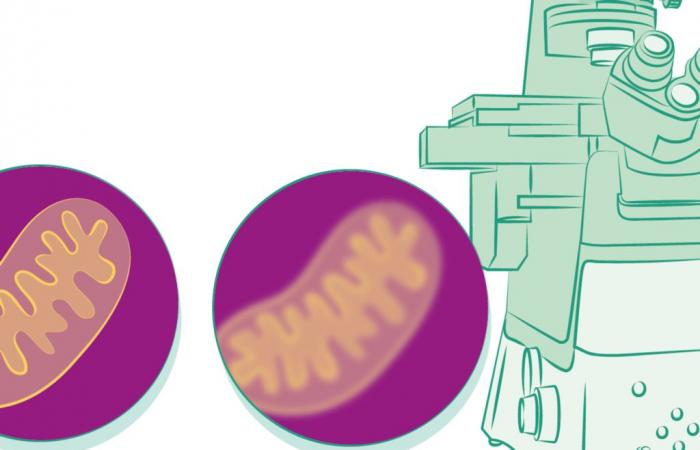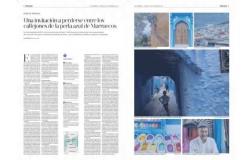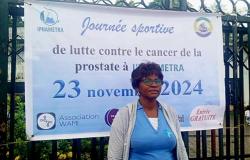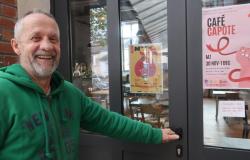A team from the Massachusetts Institute of Technology (MIT), which in 2015 invented revolutionary imaging technology for biology, has published a new recipe making it even easier to deploy in Nature MethodsOctober 11. Expansion microscopy consists not of “zooming” with the instrument, but of magnifying the sample that we want to observe. A series of biochemical preparations swell the size of objects twenty times, making it possible to see details larger than 20 billionths of a meter. Below the limit of traditional optical microscopes. For their demonstration, the researchers showed images of microtubules, this “skeleton” of the cell, and synapses, the junctions between neurons. This impressive magnification was obtained by changing the absorbent polymer used until then.
Read also | Article reserved for our subscribers “Current microscopy methods often interfere with the observed phenomenon”
Read later
“Expansion microscopy is revolutionary. It changed our field. We were able to study what we couldn’t see”enthuses Virginie Hamel, co-responsible, with Paul Guichard, of the Centriole laboratory at the University of Geneva, about the method invented by Edward Boyden, of MIT, in 2015. This leading European laboratory spends part of his time training colleagues in these techniques. “It works like a charm. It’s easy, quick to learn and use, accessible to everyone”adds Paul Guichard, who also has contacts with countries in Africa wishing to develop this protocol. If Edward Boyden, Breakthrough Prize in 2016, patented the technique and created a company, Expansion Technologies, to promote the invention, all researchers can use it without a license.
Frozen sample
The Swiss team is studying the structure of the centriole, a microscopic element which occurs at the time of cell division. Or is interested in ocular pathologies linked to structures inside photoreceptor cells. Or even describes the forms of plankton collected during the schooner’s missions Tara.
Paul Guichard acknowledges that some remain skeptical of the method because they fear that swelling will distort structures and therefore create artifacts. “The deformation is isotropic and the protocols are planned to verify it”reassures Virginie Hamel. The other limitation is that, like other techniques, the sample is necessarily frozen and therefore no dynamics are observed, which is a shame for living phenomena.
You have 13.65% of this article left to read. The rest is reserved for subscribers.






